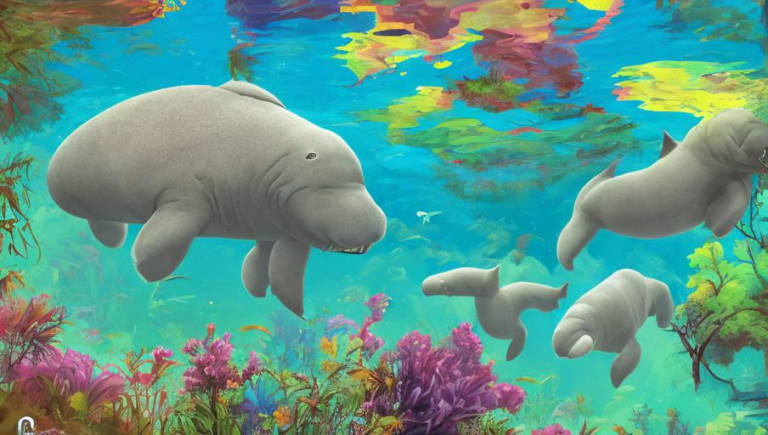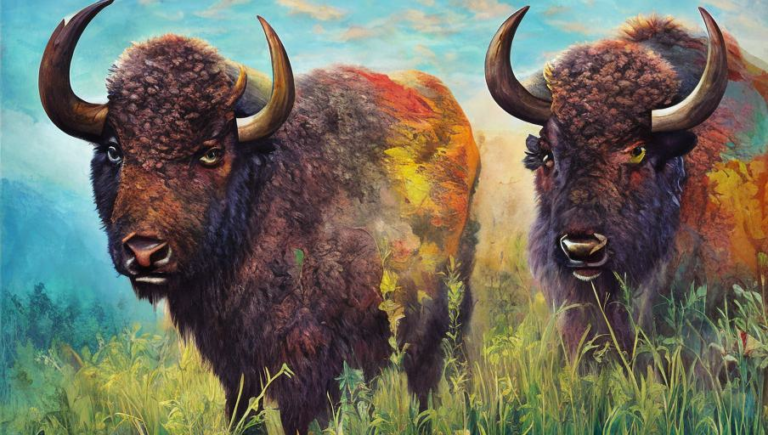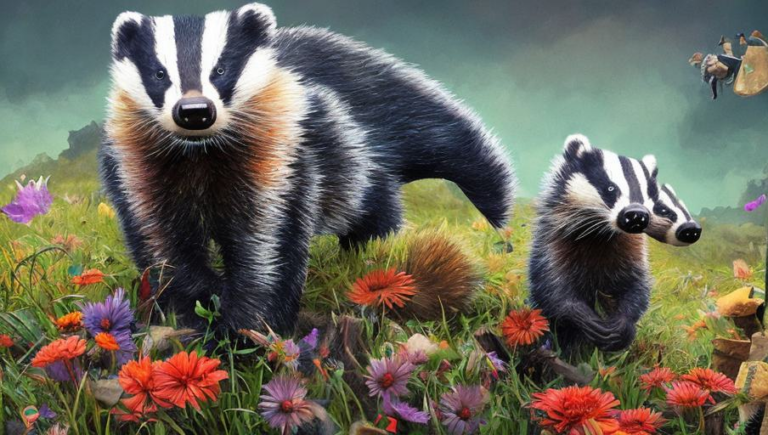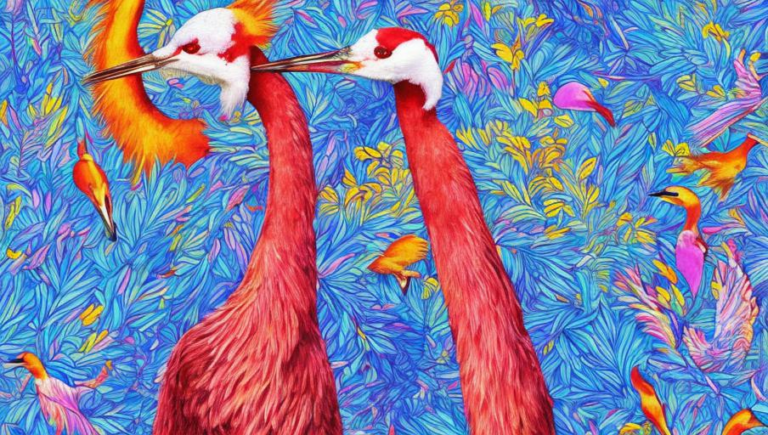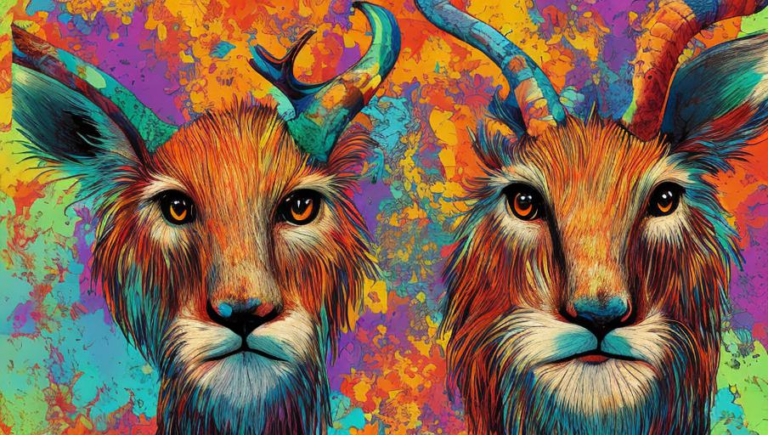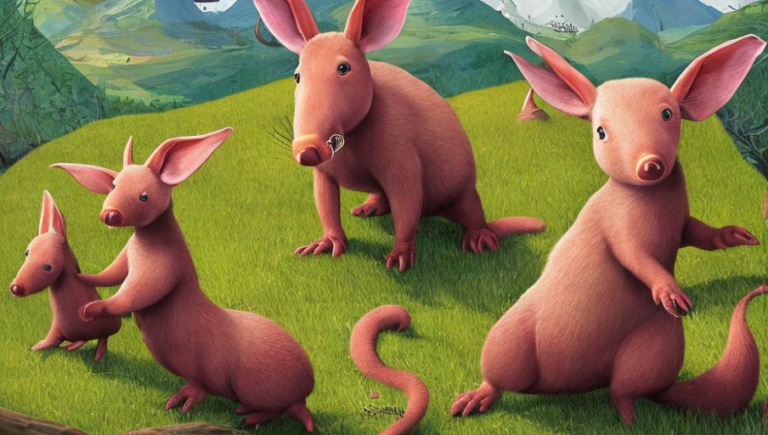Revealing the Mystery of Cormorants
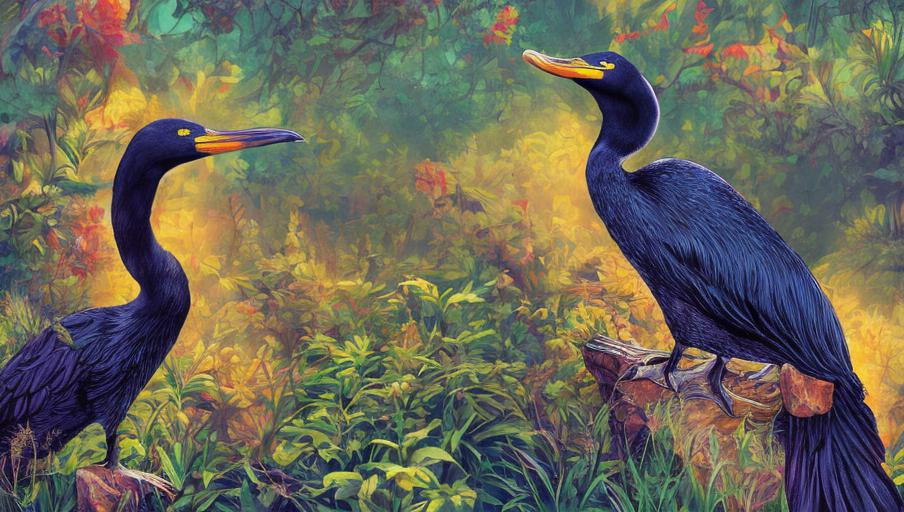
Exploring the Bird of Mystery
Cormorants are a fascinating species of birds that have long captivated the attention of people from around the world. Although a species of bird, cormorants don’t look like any other bird. With their black feathers, long necks and webbed feet, cormorants are often mistaken for other animals.
These mysterious birds are found in many parts of the world, including Europe, Asia and North America. They can be seen near the shorelines, rivers and lakes, and they are known to dive deep into the water in search of food.
Feeding Habits
Cormorants are opportunistic feeders, meaning they will eat whatever they can find. They will feed on a variety of fish, crustaceans, and other aquatic creatures. They also eat small animals such as amphibians and molluscs.
Cormorants are also known to feed on birds, and have been known to attack and kill other birds in order to get food. They have even been seen catching and eating bats in flight!
Adapted for the Sea
Cormorants have several physical adaptations that make them well-suited for a life in the sea. Their webbed feet and long, tapered wings help them to swim and dive underwater.
Cormorants also have an oil gland near their tail that helps to waterproof and protect their feathers. This helps them to stay dry and keep warm while they are underwater.
Conservation Efforts
Cormorants are essential to the health of the marine environment and need to be protected. Unfortunately, they are often seen as pests by fishermen who see them as a threat to their livelihood.
Conservation efforts are underway to protect cormorants and ensure their populations remain healthy. These efforts include reducing fishing pressures, increasing public awareness, and protecting their habitats.
Conclusion
Cormorants are an incredible species of bird with many unique features. They are essential to the health of the marine environment and need to be protected. conservation efforts are underway to ensure their populations remain healthy and to protect their habitats.
The next time you see a cormorant, take a moment to appreciate its unique features and the mystery of this amazing bird.
